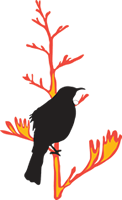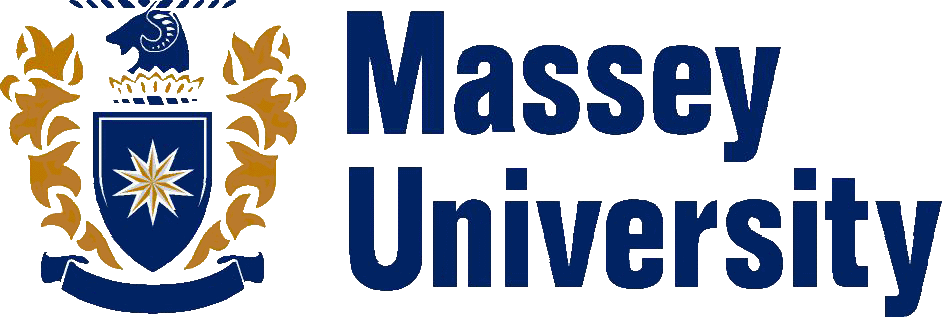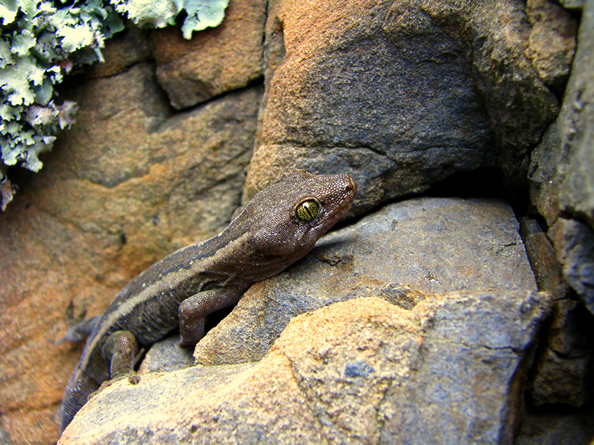Conservation Genetics We have a number of conservation genetics MSc thesis projects avaliable in our lab, below are just two examples Conservation genetics of Otago geckos Determining species boundaries is essential for conservation management of New Zealand’s threatened and rare lizards. Within the gecko genus Woodworthia (common ground gecko) are many undescribed species. DNA sequences of mitochondria confirm cryptic species identified using nuclear genetic variation. However, the distribution and boundaries of many of the Woodworthia species is poorly known. A project exists to examine three putative species in central South Island New Zealand:
1. Woodworthia “Cromwell” and Woodworthia “Central Otago” are about 5.5% divergent. What happens where these population meet south of the Clutha River is unknown, and will have a strong impact on taxonomic and conservation decisions. 2. Woodworthia “Southern Alps” meets both Woodworthia “Cromwell” and Woodworthia “Central Otago” to the north and these populations may hybridise. For this project, a student should carry out a collecting trip under permit from the Department of Conservation and with landowner permission in this area, to collect high-quality digital images and tail-tip samples from geckos along a transect between Alexandra and the Nevis River wherever geckos can be found. Good tissue sample collections of all three species are already available for other areas. The student will generate mt-DNA sequences from new samples then genotype a representative range of samples from across the ranges of the species using microsatellite loci developed by Cheeho Wong.
If interested contact: Conservation genetics and systematics of Flat Worms The distribution of endemic flat worms is poorly known, and this group of invertebrates urgently needs basic information on their biodiversity in order to ensure species do not become extinct. Population genetic and phylogenetic studies will be employed to improve our understanding of the specific status of populations and inform management decisions, helping determine priorities and plan conservation programmes. This project requires fieldwork to collect flat worms, photographic and microscope work and generation of genetic data to determine species boundaries of these rare invertebrates. If interested contact:
|
|


